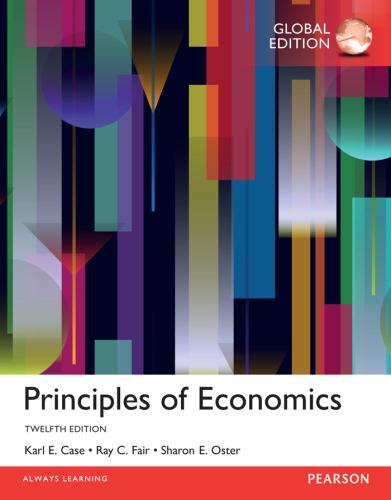1.1. Design another experiment using difference-indifferences to understand the effect of a policy change at your college....
Question:
1.1. Design another experiment using difference-indifferences to understand the effect of a policy change at your college. There is a lively debate among economists and policy makers on the effect of the minimum wage on unemployment.
Does raising the minimum wage substantially increase unemployment, particularly for the lower-skilled workers?
Or can one legislate wage increases for low-wage workers without a substantial reaction from employers?
One of the first and still classic examples of the differencein-
differences technique described in the text was done by David Card and Alan Krueger in their study of state minimum wage changes.1 In the early 1990s New Jersey decided to raise its minimum wage. Although there is a federal minimum wage, many states adopt higher minimums for the firms employing workers within their borders. Card and Krueger decided to survey fastfood restaurants in New Jersey to determine the effect of the minimum wage increase on employment. Fast-food restaurants were an obvious target given their employment of large numbers of unskilled workers. But just looking at New Jersey would not be sufficient. Suppose employment went down after the change. One has no way of knowing what would have happened absent the rule change. After all, employment depends on a number of other factors in the economy.
Step by Step Answer:

Principles Of Economics
ISBN: 9780802845610
12 Global Edition
Authors: Karl E. Case, Ray C. Fair, Sharon E. Oster






